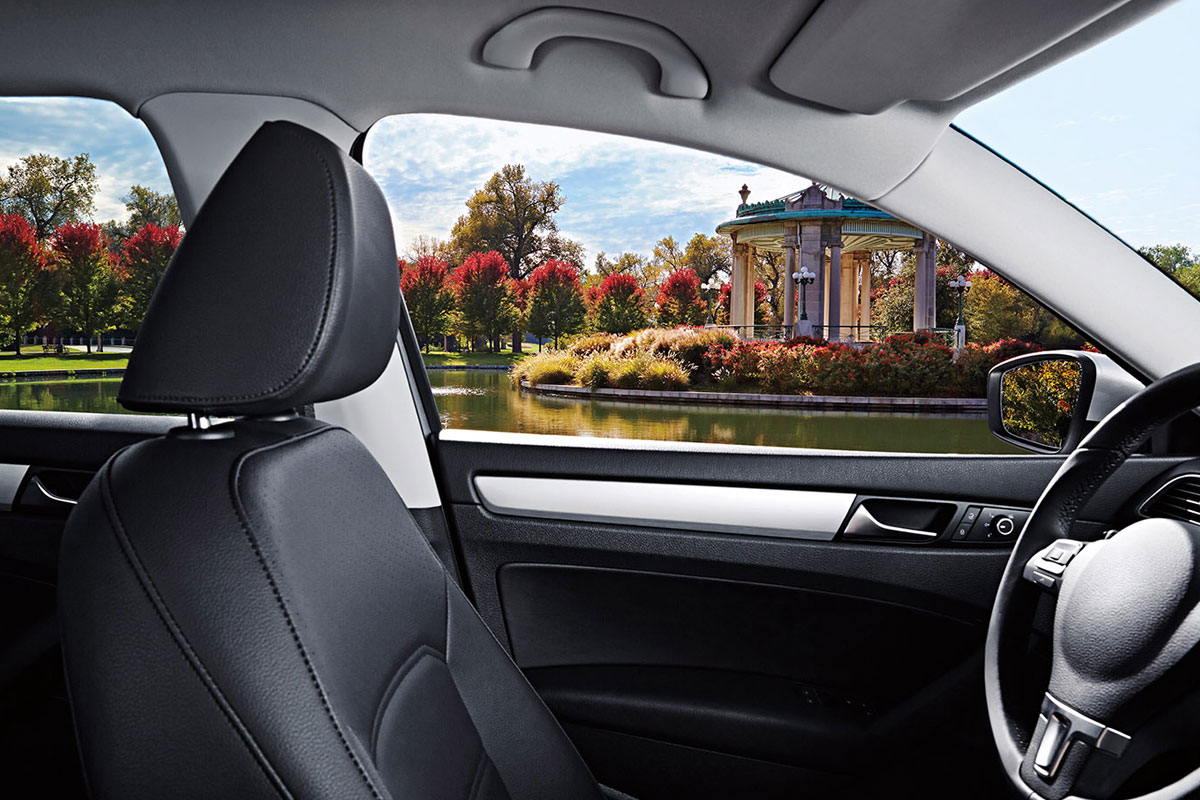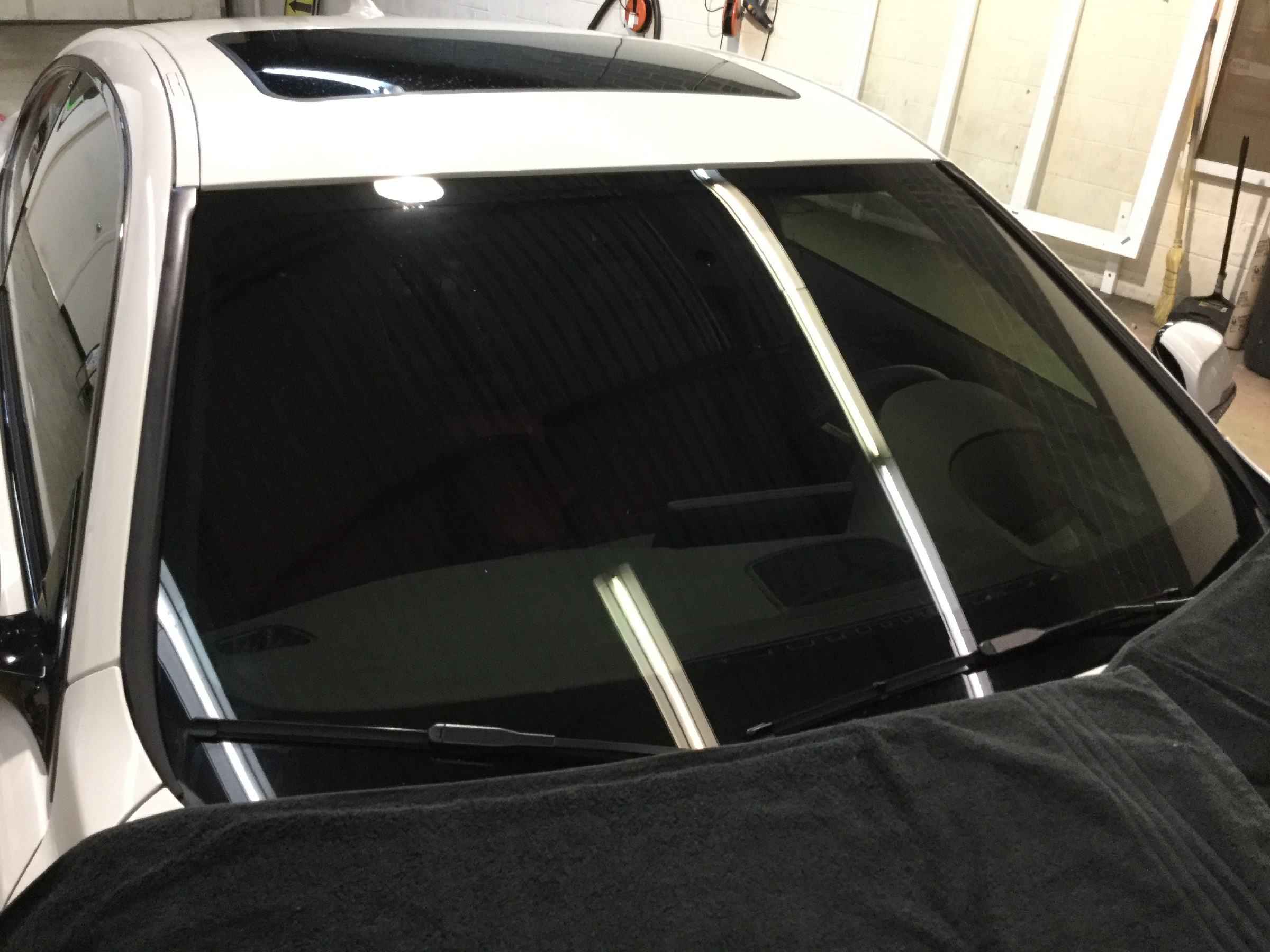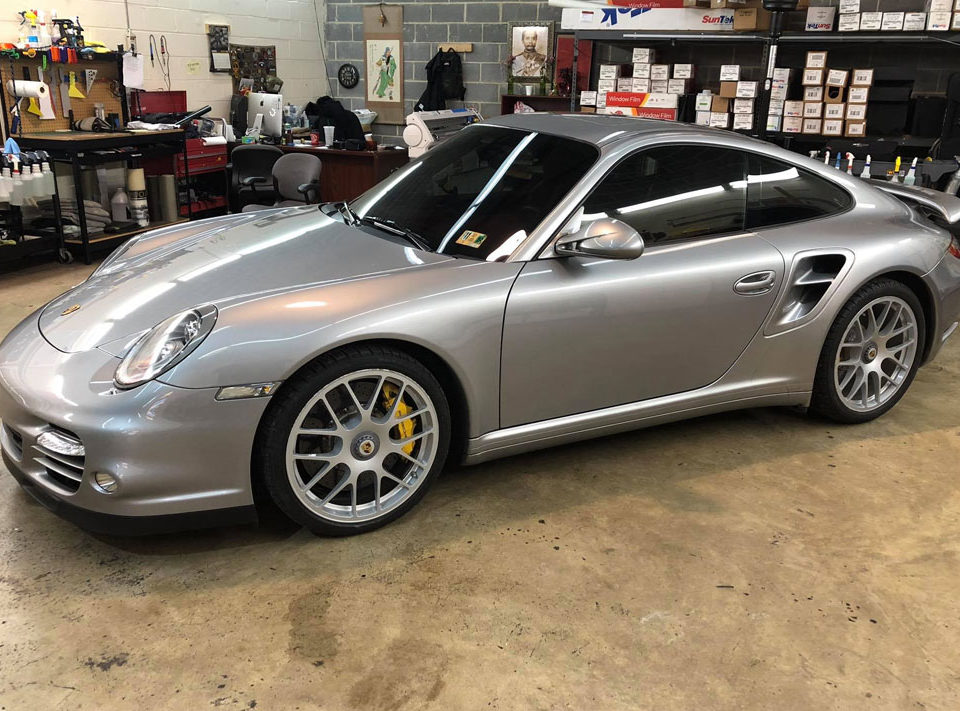
5 Things You Need to Know About Car Window Tinting
May 23, 2023
6 Signs its Time to Replace Your Car Windows
June 24, 2023Minor scratches are an unavoidable part of your car’s life cycle. Thankfully, most scratches do not penetrate beyond the transparent coat layer on a car’s numerous coats of paint.
Such scratches are easy to eliminate, utilizing simple ways that do not necessitate expensive equipment or gear. To help you out, here are some of the ways you can get rid of the scratches without breaking the bank:
Use toothpaste
You can remove minor scratches in your car’s paint with toothpaste. You’ll need toothpaste (ideally non-gel, non-whitening), a soft cloth or microfiber towel, water, and a bucket.
First, wash the scratched area and the surrounding region with water and mild soap. This will remove any dirt or debris that could damage the paint further.
Squeeze a tiny bit of toothpaste immediately onto the scratch or the cloth you’ll use. You should then gently rub the toothpaste onto the scratch using a cloth or towel in a circular motion. Apply light to moderate pressure, not scratching the surrounding paint.
Stop rubbing after a few minutes, and wipe away the extra toothpaste with a clean, wet cloth. Check to see if the scratch has healed. If it’s still visible, continue the technique a few times more. Between tries, remember to clean the area and reapply toothpaste.
When satisfied with the results, properly rinse the area with water and dry it with a clean towel.
While this procedure may help remove minor scratches or scuffs, it is not a long-term solution for more severe damage. For example, if the scratches are beyond the paint protection film, seek professional help or consult a car detailing expert for proper remedies.
Use a scratch remover pen.
Scratch remover pens are widely used in the market and successfully remove minor scratches. These pens contain a unique liquid that fills the gap created by the scratch. This reduces light dispersion and renders the scratch nearly undetectable to the naked eye.
Use water and mild soap to clean the scratched area and the surrounding region. This will eliminate any dirt or debris that can get in the way of the scratch restoration process. You should then properly dry the area.
Before using the scratch remover pen, shake it as the manufacturer directs. This aids in mixing the contents of the pen.
Because many scratch removal pens have fine tips, you must prime them before use. To prime the pen, follow the manufacturer’s directions, which often involve pressing down on the tip until the ink begins to flow.
Holding the pen like a conventional pen or marker, carefully apply the scratch remover substance to the scratch. Cover the whole length of the scratch with clean and regular strokes. Too much pressure or product can result in inconsistent results, so moderate how you go about it.
You should allow the scratch remover to dry completely. The drying time will differ depending on the product and the environment. You can check the specific drying times in the manufacturer’s instructions.
Once the substance has dried, inspect the mended area. In most circumstances, the scratch should become less visible or disappear completely. If the scratch remains visible, repeat the process, adding additional layers of the scratch remover product.
Finally, clean the area to eliminate any residue from the scratch removal pen when you are pleased with the restoration. Wipe away any extra product with a clean, soft cloth or microfiber towel.
Remember that scratch remover pens are intended for minor scratches and scuffs as you use the pen. Get professional assistance or more advanced repair methods for deep or extensive scratches.
Additionally, always follow the instructions provided by the specific scratch remover pen you are using, as the application process varies between different products.
Use car polish
You’ll need a scratch-removal vehicle polish, a clean, soft microfiber cloth or applicator pad, water, and a bucket.
Wash the scratched and surrounding areas with water and mild soap to begin cleaning the area. This will remove any dirt or debris that could damage the paint further. Before continuing, properly dry the area.
Dab a little vehicle polish onto a microfiber cloth or applicator pad. Depending on the product, you can apply the polish straight to the scratch. Just use enough polish to cover the scratched area.
Working in small sections at a time is recommended for the best outcomes. Use gentle, circular strokes to apply the polish to the scratched area. Apply light to moderate pressure, but avoid using too much power, which could damage the paint.
You should continue polishing for a few minutes to ensure the polish disperses evenly.
After a few minutes of polishing, remove the excess polish with a clean microfiber towel. Examine the scratch to check if it has healed. If it’s still visible, you may need to repeat the process, applying more polish and buffing the area.
Once you’re happy with the results, properly rinse the area with water and dry it with a clean microfiber cloth.
It is crucial to note that polish’s efficiency in removing scratches depends on the scratch’s severity.
This approach works best on tiny surface scratches and swirl marks. Deeper or larger scratches may require professional assistance or more advanced repair methods.
For the best outcomes, always follow the directions from the specific vehicle polish product you use, as application techniques and drying times vary between brands.
Parting shot
These are some ways to remove scratches from your car paint. To avoid the trouble of removing the scratches, prevent them from coming about in the first place. The good thing is there are plenty of ways to do this.
Besides being cautious when driving, try to install a car protective film. As a rule of thumb, you should ensure the film is installed in a reputable protective car film shop Springfield. This way, you are sure that the professionals will install the film expertly.


